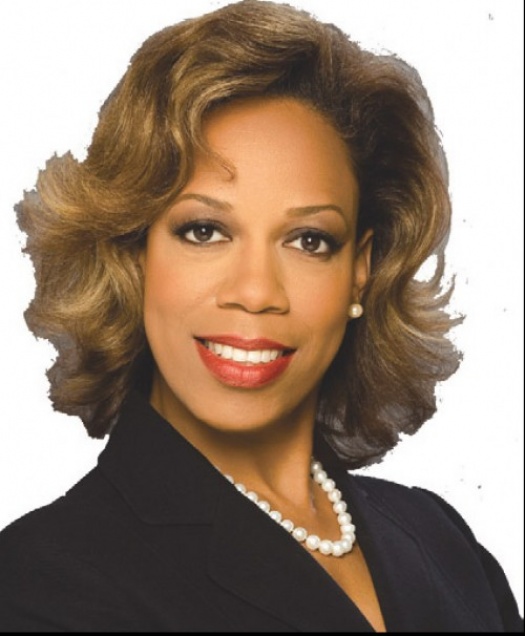
As we come to the end of Black History Month, I want to pause for a moment to look back at the legacies Black Chicago has inherited but also look ahead at the legacies we are creating right now. Legacies aren’t simply about the past, you know. Over time,
First, let me say that African Americans in Chicago have a lot to be proud of. Our city is home to the nation’s largest African American middle class. Cook County has more Black-owned businesses (an estimated 64,000) than any other county in America.
Black Chicago has strong, politically-engaged business, faith and philanthropic communities that have sent forth two Black presidential contenders – Rev. Jesse L. Jackson and Sen. Barack Obama – in the last 20 years. Today, Black Chicago stands on the verge of making history. But like other major U.S. cities, Chicago has struggled with how to reverse the growing crisis among our Black boys and men. Our young men are crippled by poor quality education, low-paying jobs, high unemployment and under-representation in the region’s workforce.
Among Black men in Illinois ages 16 to 25, unemployment stands at 15 percent. That’s three times the rate for white males. Countless others are not included in unemployment statistics, because they are not even looking for work. African Americans make up 13 percent of the state’s population but 64 percent of the inmates in the state penitentiary.
Only 30 percent of Black males graduate from high school in Chicago and just 3 percent of those will graduate college by the time they are 25. For the men and boys who comprise these bleak statistics, becoming a good husband and father, a breadwinner and a good neighbor remains out of reach.
Many of them will end up settling into the unproductive shadow of the streets – unless we act now to create a legacy of work, a legacy of engaged fathers, a legacy of two-parent households, a legacy of community and political involvement and a legacy of law-abiding Black men.
That is why the Chicago Urban League recently launched the I AM Initiative for African American Males, taking a leadership role in addressing the Black male crisis. I AM is integrated with other Chicago Urban League programs under our projectNEXT economic empowerment agenda to expand job and career opportunities, to develop stronger connections to the Black church and to establish a multimedia platform for African Americans.
I AM targets African American males ages 6 to 40 in five lifestyle areas: educational achievement; family engagement and fatherhood; workplace success; positive cultural representations; and civic engagement. By coming up with solutions in each of these areas and applying them together, we can untangle the web of problems ensnaring African American males.
In addition, the CUL has enlisted broad support from the African American business and faith communities. We have created an advisory board of Black male business leaders led by CUL board member Tony Anderson, chairman and Midwest area managing partner at Ernst & Young. Bishop Arthur Brazier, pastor of Apostolic Church of God, will lead a group of distinguished ministers in our new initiative with Chicago’s Black churches called Partners in Faith.
At the Chicago Urban League, our programs focus on entrepreneurship, education, real estate, and workforce diversity and development are designed to build on the strengths of our legacies and to create long-lasting solutions that will make Black Chicago even stronger. As we move forward, we can and should draw on the strengths from our glorious past not only during Black History Month but year-round.
When I think about the obstacles that faced Black men and women who migrated here from the Jim Crow South at the turn of the 20th century, I know that we can prevail. Men and women like Ida B. Wells, one of the chief founders of the NAACP; Robert S. Abbott, founder of the Chicago Defender; and Oscar de Priest, the first Black member of the Chicago City Council and, later, the first Black U.S. congressman elected north of the Mason-Dixon Line, all built legacies we still see evidence of today.
In its heyday, the Bronzeville neighborhood was known as the “Black Metropolis,” and boasted 12 Black millionaires. For years, Bronzeville thrived as Chicago’s Black cultural epicenter. In 1973, jazz great Duke Ellington said about those times: “The South Side was together. It was a real us-for-we, wefor- us community.”
In 2008, we have to believe that that kind of prosperity is possible throughout all of Black Chicago. We must reverse the negative statistics and outcomes that work like acid on our hopes and dreams for our future. Change won’t happen overnight but even small steps toward progress can make a huge difference.
______ Copyright 2008 Chicago Defender. All rights reserved. This material may not be published, broadcast, rewritten, or redistributed.

